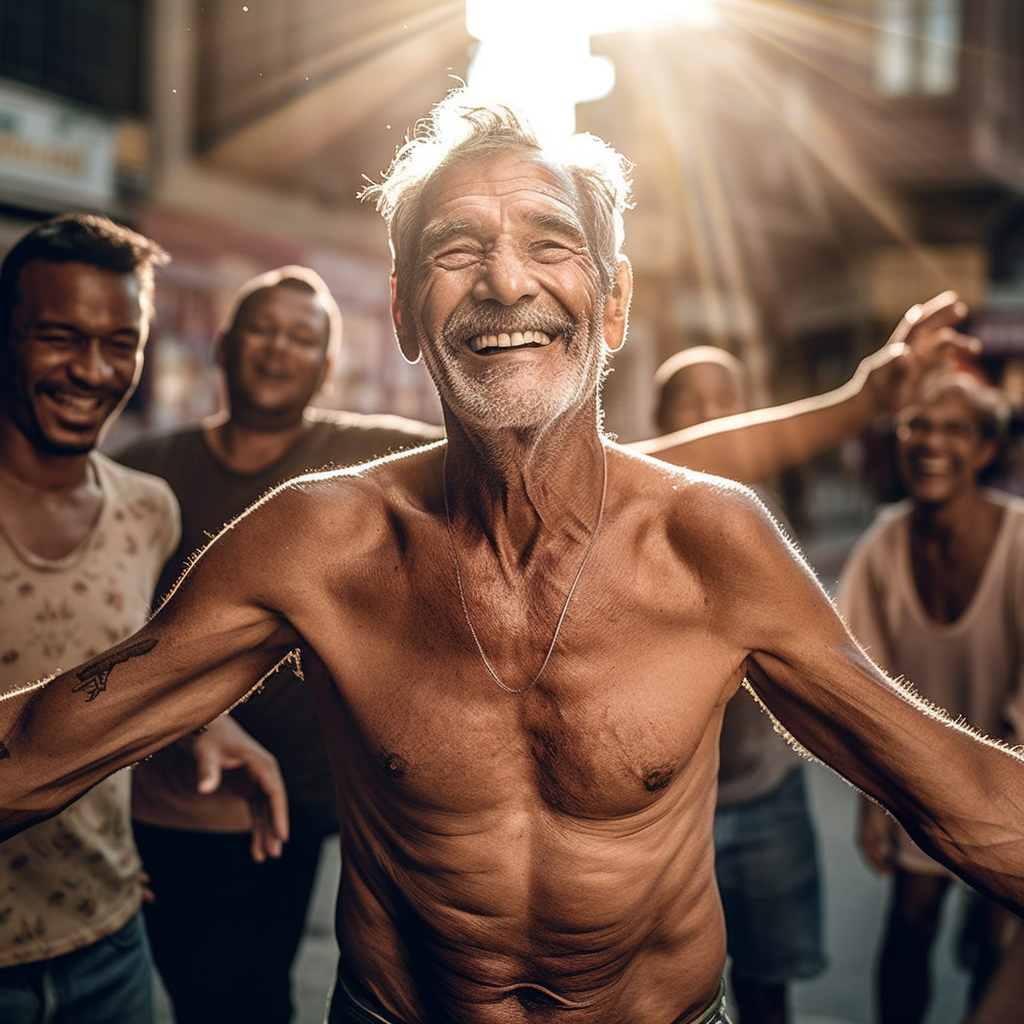The old adage goes, “Listen to your body.” But in our fast-paced world of quick fixes and instant gratification, we often override the wisdom of our bodies and the potent power of our subconscious. This article delves deep into the idea of “Letting your body be” and letting your subconscious guide you. More importantly, it underscores the significance of priming your body to be in its best state.
The Power of the Subconscious
Our subconscious mind operates in the background, registering more than we’re consciously aware of. Dr. Joseph Murphy, in his seminal work “The Power of Your Subconscious Mind,” posits that this part of our psyche influences a lot of our daily decision-making, behaviors, and habits. If nurtured and tuned correctly, it can help us optimize our well-being.
Sleep: The Foundation of a Healthy Morning and a Vibrant Day
Harvard Medical School emphasizes that sleep plays a pivotal role in healing and repair of your heart and blood vessels. A pattern of consistent sleep deficiency has been linked to heart disease, kidney disease, high blood pressure, diabetes, and stroke.
According to the National Sleep Foundation, adults aged 18-64 should aim for 7-9 hours of sleep per night. But it’s not just about quantity; it’s also about quality. They further point out that sleeping early (aligned with our natural circadian rhythm) can dramatically enhance the quality of sleep.
In a 2018 study by the University of California, researchers found that individuals who slept and woke up in sync with their internal body clock reported better mood, cognitive function, and overall well-being. The beauty of this is that it’s not about rigidly setting an alarm for 5 am. Instead, it’s about understanding when your body naturally feels tired and when it naturally wants to wake up. When you’re aligned with this natural rhythm, you “let your body be.”
Nutrition: Less is More
The concept of ‘Eat less, Live Longer’ has garnered attention, especially with the popularity of intermittent fasting. A study in Cell Metabolism found that cycles of a four-day low-calorie diet that mimics fasting (FMD) cut visceral belly fat and elevated the number of progenitor and stem cells in several organs of older mice.
When we let our body rest from constant digestion, we give it a chance to regenerate and heal from within. This isn’t about starvation but rather understanding your body’s needs and not overburdening it.
Morning Thoughts: The Flow State
Mornings are a potent time. The brain’s prefrontal cortex, responsible for decision-making, self-control, and emotions, is more active and less fatigued early in the day. It’s the best time to harness the power of positive thinking.
A study from the Positive Psychology Center at the University of Pennsylvania underlines how morning routines that include reflection, meditation, or simply being present can train the subconscious to tackle the day with optimism and resilience. It’s not about bombarding your mind with tasks but letting thoughts flow. It’s a dance between guiding the subconscious and letting it guide you.
Conclusion: Aligning with Your Body’s Wisdom
Our bodies have an inherent wisdom. By understanding and aligning with its rhythms, we don’t just survive; we thrive. Letting your body be is about balance. It’s recognizing when to take conscious action and when to let the subconscious guide you. By sleeping in alignment with our circadian rhythm, eating with mindfulness, and harnessing the power of the morning, we set ourselves up for holistic well-being.
References:
- Murphy, J. (1963). The Power of Your Subconscious Mind. Bantam.
- Harvard Health Publishing. (2019). The importance of sleep and how it can affect your heart. Harvard Medical School.
- Hirshkowitz, M., et al. (2015). National Sleep Foundation’s updated sleep duration recommendations. Sleep Health, 1(4), 233-243.
- Roenneberg, T., et al. (2018). Social jetlag: Misalignment of biological and social time. Chronobiology International, 23(1-2), 497-509.
- Choi, I. Y., et al. (2016). A Diet Mimicking Fasting Promotes Regeneration and Reduces Autoimmunity and Multiple Sclerosis Symptoms. Cell Metabolism, 23(6), 1048-1055.
- Seligman, M. E., & Csikszentmihalyi, M. (2000). Positive psychology: An introduction. American Psychologist, 55(1), 5.



